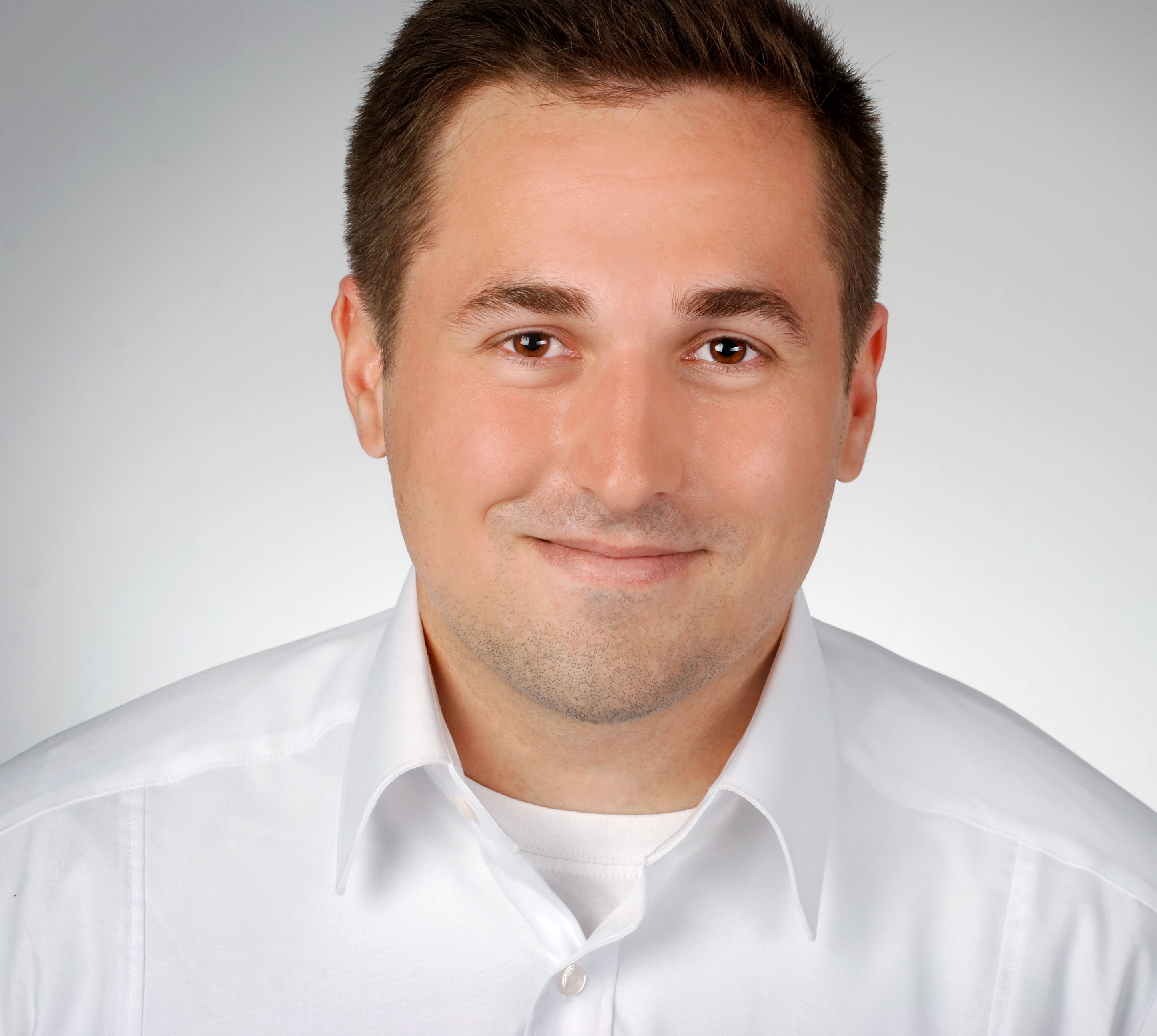Jonas Genath
Data Scientist, Researcher, Python Programmer, PhD Candidate

TU Ilmenau
Group for Information Technology in Production and Logistics
My name is Jonas Genath and I obtained my master’s degree in industrial engineering from the Technical University of Ilmenau in 2019. Since the beginning of 2020, I have been working as a research assistant in two departments: “Information Technology in Production and Logistics” led by Prof. Steffen Straßburger and “Information and Knowledge Management” led by Prof. Dirk Stelzer at the Technical University of Ilmenau. In November 2025, I will successfully complete my doctorate in engineering. I am passionate about the various challenges in data science and digitalization projects. My research focuses on machine learning, data science, AI and visual analytics in the context of big (simulation) data. A central concern is to automatically analyze simulation results, identify relevant patterns, and present them in an understandable way.
Here are a few highlights from my data science journey. In December 2021, I presented my concept for automating knowledge discovery in simulation data at the Winter Simulation Conference. The aim was to enable less experienced users to use these methods – from experiment design and meta-learning to rule-based visualizations. Another project, published in the journal Simulation Notes Europe in 2022, presented an integrated software solution called “4farm”, which we developed in cooperation with SimPlan AG. This solution supports users in evaluating and conducting (in the cloud) large-scale simulation studies and visualizing the results. Most recently, in December 2023, I published the conference paper “How Not to Visualize Your Simulation Output Data”. In it, we highlight common mistakes in the presentation of large simulation data sets and provide clear recommendations for better visualizations fore the community. I have also successfully completed projects such as the further development of an autograder and the integration of generative AI to digitize programming training.
Parallel to my research, I am involved in the Simulation Working Group (ASIM) of the German Informatics Society. I also regularly supervise students in project and thesis work, most of which deals with simulation, AI (and ML in general), and visual analytics.
In short, I combine simulation, AI, ML, and visual analysis to better understand and analyze complex systems and communicate results effectively.
news
| Jul 03, 2025 | I’m happy to say that I’ve just turned in my PhD thesis! 🎉🥸📝 The defense of the dissertation will probably take place at the beginning of November. |
|---|---|
| Dec 07, 2023 | Nominated for the best paper at the WSC 2023. 🙌 |
| Jan 01, 2022 | I’m happy to say that I’ve just started working also at the Group for Information and Knowledge Management. |
| Jan 01, 2020 | My new job & start of my PhD 🎉 |
| Aug 09, 2019 | I’m delighted to say that I successfully completed my master’s degree and master’s thesis with a grade of 1.3. 🙌 😁 🎉 |